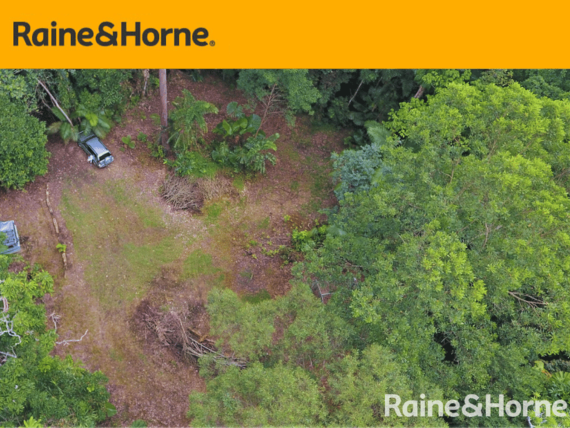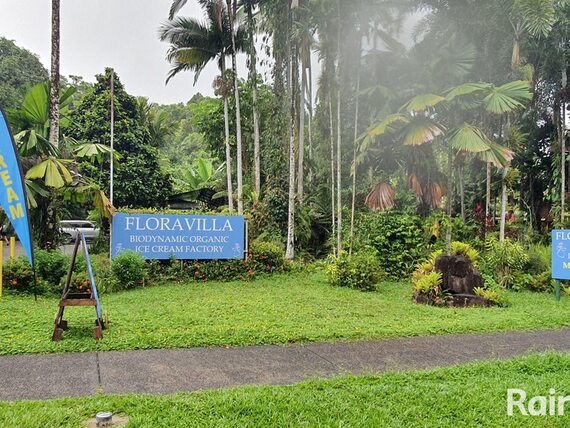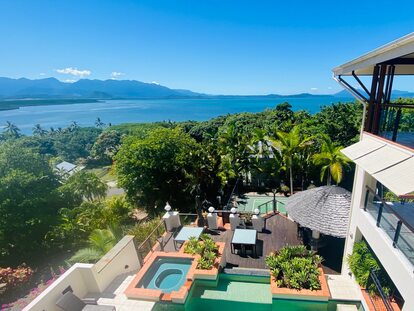Something fishy going on with Noah Creek Bridge fix
Endangered species
A pair of small endangered fish species have been making the new Noah Creek Bridge project far more complicated - and presumably more expensive - than it would otherwise have been.
A temporary crossing being built to allow access to Cape Tribulation before the new bridge is constructed next year is being specifically designed to accommodate for the breeding cycle of both the Daintree Rainbowfish and the Opal Cling Goby - which biologists say are in danger of localised extinction if something is not done “as soon as possible” to help them out.
The freshwater fish rely on their spawned larvae flowing out to sea, where new fish are grown, before they swim back up Noah Creek.
The issue at the moment is the current temporary causeway about 15m upstream from the original Noah Creek Bridge blocks this natural cycle.
“This temporary bypass… presents significant ecological concerns, particularly for aquatic species such as the Opal Cling Goby and the Daintree Rainbowfish, which would face local extinction due to barriers causing failed life cycles,” a Douglas Shire Council planning report states.
Primary Industries Department fisheries biologist James Giugni said both species relied on tidal movements for survival.
“I would like to reiterate the importance of removing this waterway barrier as soon as possible,” he stated.
To fix the issue, the council has been working with experts from the State Government Primary Industries Department to design a fish-friendly temporary culvert made out of corrugated steel pipes surrounded by rocks and cement with specific detailed dimensions - for example, the original 30m piping plan has been cut down to about 25m to give the fish a better chance of making it through.
They also include a “roughed surface for accumulation of natural bed material” and will be buried 60cm below the creek bed to make access easier for the fish, while a “geofabric material” will cover the rock bags to help “avoid fish entrapment”.
This temporary structure is expected to be in place for between nine months to two years.
“Post construction of the bridge, the temporary bypass would be dismantled and fully removed from the waterway,” the report reads.
Neither the DSC or the Government will say what the overall cost of the new Noah Creek Bridge is expected to be.
Support public interest journalism
Help us to continue covering local stories that matter. Please consider supporting below.



















